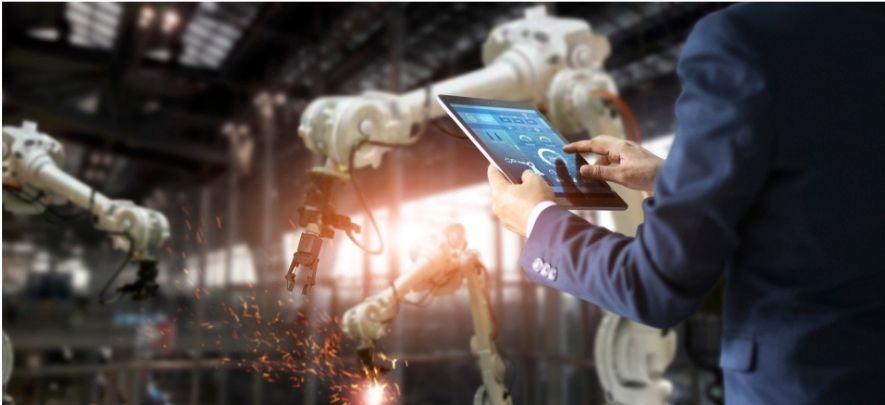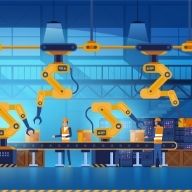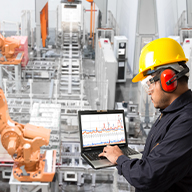Why do we need robots? Advantages of robotic automation

Digital & Technology
232 week ago — 5 min read
Robotics technology influences every aspect of life. Robotics has the potential to enhance lives and work, increase efficiency and safety levels and provide better levels of service. Robotics is the technology that drives whole new generation of autonomous devices and cognitive artefacts that, through their learning capabilities, interact with the world around them, and thus provide the link between the digital and physical world. Robotics is already the key driver of growth in large scale manufacturing industries.
2020 – a year that brought with it many surprises for everyone. The most recent one being the outbreak of the COVID-19 pandemic. As the pandemic disrupted the entire world, one thing to focus on is whether it has brought with it opportunities to explore other areas of science and technology such as robotics.
Five ways robotics could transform our future.
1. Autonomous cars
Some human intervention is still required in self-driving cars, but we’re getting closer to the day when they won't. In the past decade, there have been massive developments in this technology to make it reality in the near future.
2. Healthcare robots
The future for healthcare will also witness radical developments. Instead of a primary care physician doing a check-up with a stethoscope, we will soon have intelligent robots performing these tasks. They will interact with patients, check on their parameters, and evaluate the need for further action.
3. Robots will boost our standard of living
We’ve seen this throughout history—automation and mechanisation boost the overall standard of living. We’ve seen it with the Industrial Revolution, and it’s bound to happen again.
With automation of all kinds of tasks, we will witness a more comfortable future.
4. Robots in education
The line between classrooms and home learning settings is already starting to blur. Computer-based learning is already changing the education landscape.
It’s enables students to learn at their own pace. Robots will further boost personalised learning. It comes with important elements of natural interaction, including moving, listening, speaking, and connecting.
5. Robotics in public security
Artificial technology for predicting and detecting crime is a possibility for the future.
Automatic recognition of suspicious activities is already achieved by camera-based security systems. This technology will change society in a very important way—it will allow law enforcement officials to act quickly when suspicious behaviour is spotted.
Advantages of automation with industrial robots
Better floor space utilisation
Decrease of the work area by automating parts the production line, can lead to greater floor space for other operations and thereby make the process flow more efficient.
Improved quality
Robot accuracy reduces quality defects, thereby decreasing wastage and rework. A person working monotonous tasks may experience ‘workers fatigue’ and this may lead to errors. A robot eradicates this problem, creating less product waste.
Increased safety
Robots increase workplace safety by shifting workers out of dangerous or repetitive tasks. There are a variety of safety options in the market today that will keep workers safe when interacting with robots.
Improved quality reliability
Most robots must pass a strict repeatability and payload test, guaranteeing applications are performed with precision and repeatability. It ensures that the product is manufactured the same every time.
Increased production
A lean manufacturing setup is crucial for increasing efficiency. An automated robot can work at a unceasing speed without pausing for breaks, sleep, or holidays. A business can thus run its operations 24/7.
Also read: The future of Internet of Things: 7 predictions about the IoT
To explore business opportunities, link with me by clicking on the 'Connect' button on my eBiz Card.
Image source: shutterstock.com
Disclaimer: The views and opinions expressed in this article are those of the author and do not necessarily reflect the views, official policy or position of GlobalLinker.
Network with SMEs mentioned in this article
View S Gangadhararao 's profile
Other articles written by S Gangadhararao Boppana
209 week ago
Importance of automation in industrial process
223 week ago
Most read this week
Trending
Ecommerce 17 hours ago














Comments (4)
Share this content
Please login or Register to join the discussion